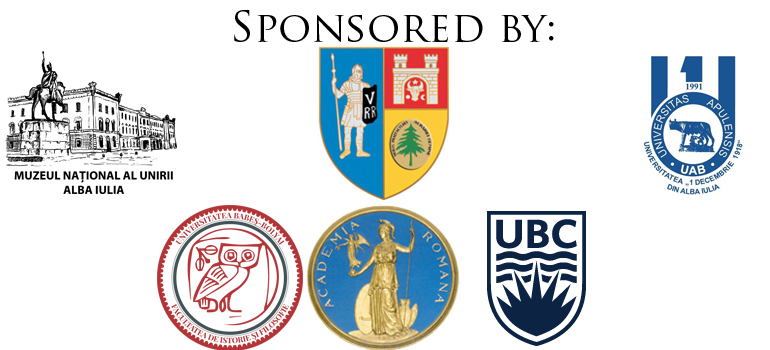Despite being known primarily from its material remains, cults of Mithras across the empire have rarely been studied side-by-side from an archaeological perspective to answer questions about connectivity and ritual practice. The canonical studies of the cult focus instead on monumental remains, on images, and on questions of doctrine and belief. Yet this insistence on understanding symbolic content of a cult stands in sharp contrast to the directions of scholarship on Roman religion more broadly. It is widely accepted that religion in the Roman world was predicated upon ritual practice. There was no doctrine, or orthodoxy; instead, any propositional claims concerning divine powers were made, learned, and proved via action: “faire, c’est croire.”As an integral part of this ritualized religious system, Mithraism ought to be studied first on the basis of its practices, and new scientific excavations of mithraea offer the unique opportunity to see the ways that ancient worshippers conducted their rites.
To harness the possibilities of archaeological approaches to Mithraism, this colloquium will bring together scholars from across Europe and North America who have excavated or worked closely with the material remains from mithraea. Many of these sites remain un- or only partially published; the opportunity to share and discuss this material is thus doubly important for moving Mithraic studies forward. Alba Iulia, the site of a newly discovered mithraeum (and the first to be scientifically excavated in the province of Dacia), will host the gathering.
The key questions we will pose include:
- What does the archaeology of each site reveal about the practice of Mithraic cult? What did worshippers actually do in (and around) mithraea? How often did they use such sanctuaries?
- How consistent are the archaeologically attested rites practiced in mithraea through time and space? How do we explain observed similarities and differences?
- What do these rites reveal about Mithraic communities’ engagements with one another, and about religious networks in the Roman world more broadly?
The conference will take place from October 26-28, 2017, at the Universitatea “1 Decembrie 1918” in Alba Iulia, Romania. October 26-27 will be two full days of conference papers and a poster session featuring the work of graduate students, followed by a day-long archaeological excursion on October 28. Sponsorship is provided by the Muzeul Naţional al Unirii (Alba Iulia), Universitatea “1 Decembrie 1918” (Alba Iulia), Babeş-Bolyai University (Cluj-Napoca), The Institute of Archaeology and the History of Art of the Romanian Academy (Cluj-Napoca Branch), and the University of British Columbia (Vancouver), with the generous financial support of Alba County.
